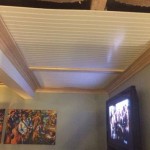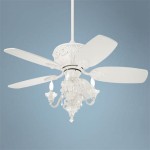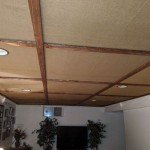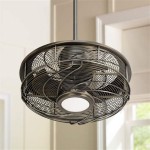What Does Suspended Ceiling Mean?
A suspended ceiling, also known as a dropped ceiling or false ceiling, is a secondary ceiling hung below the main structural ceiling of a room. It creates a concealed plenum space above the dropped ceiling, which is often used to house mechanical and electrical systems, such as ductwork, piping, and wiring. Suspended ceilings offer a variety of aesthetic and practical benefits, making them a popular choice in both residential and commercial settings.
Key Components of a Suspended Ceiling
Several key components work together to form a complete suspended ceiling system:
- Grid System: A metal framework of interlocking runners and cross tees that hangs from the structural ceiling. This grid supports the ceiling tiles.
- Ceiling Tiles: Lightweight panels that rest on the grid system. These tiles come in various materials, sizes, and designs.
- Suspension Wires: Used to hang the grid system from the structural ceiling.
- Wall Angles: Metal strips attached to the walls around the perimeter of the room, providing a finished edge for the ceiling tiles.
- Light Fixtures: Recessed or surface-mounted lights designed specifically for suspended ceilings.
Benefits of Suspended Ceilings
The popularity of suspended ceilings stems from a range of advantages they provide:
- Accessibility: The suspended ceiling allows easy access to the plenum space for maintenance and repairs of hidden building systems.
- Aesthetics: They provide a smooth, even surface that can conceal imperfections in the structural ceiling above.
- Acoustics: Certain ceiling tiles are designed to absorb sound, improving the acoustics of a room.
- Fire Safety: Many ceiling tiles are fire-resistant, contributing to overall building safety.
- Energy Efficiency: The plenum space can act as an air barrier, improving thermal insulation and reducing energy costs.
- Light Integration: Suspended ceilings readily accommodate recessed lighting fixtures for even illumination.
Types of Suspended Ceiling Tiles
A diverse range of ceiling tile options caters to various needs and preferences:
- Mineral Fiber: A common and cost-effective option, offering good sound absorption and fire resistance.
- Fiberglass: Similar to mineral fiber, but with greater moisture resistance.
- Metal: Durable and aesthetically pleasing, often used in commercial spaces.
- Wood: Creates a warm and inviting atmosphere, typically used in residential settings.
- Gypsum: Offers excellent fire resistance and sound control.
Installation Process
Installing a suspended ceiling typically involves the following steps:
- Measuring and Planning: Determining the dimensions of the room and calculating the necessary materials.
- Installing Wall Angles: Attaching the wall angles around the perimeter of the room at the desired ceiling height.
- Hanging Suspension Wires: Securing suspension wires to the structural ceiling according to the grid layout.
- Assembling the Grid System: Connecting the main runners and cross tees to form the grid framework.
- Installing Ceiling Tiles: Placing the ceiling tiles onto the grid system.
- Installing Light Fixtures: Fitting the appropriate light fixtures into the ceiling grid.
Cost Considerations
The cost of a suspended ceiling project depends on several factors:
- Ceiling Tile Material: Different materials have varying price points.
- Grid System Complexity: More complex designs require more materials and labor.
- Room Size: Larger rooms require more materials, increasing the overall cost.
- Labor Costs: Installation costs can vary depending on the complexity of the project and local labor rates.
Maintenance and Repair
Maintaining a suspended ceiling is generally straightforward:
- Cleaning: Regularly dusting or wiping the ceiling tiles can maintain their appearance.
- Replacing Damaged Tiles: Damaged tiles can be easily removed and replaced without affecting the rest of the ceiling.
- Inspecting the Grid System: Periodic inspection of the grid system can identify potential issues before they become major problems.
Applications of Suspended Ceilings
Suspended ceilings are found in a wide variety of settings:
- Offices: Used to create a professional and organized look while concealing building systems.
- Retail Stores: Enhance the aesthetics of the space and provide flexibility for lighting and other fixtures.
- Schools and Hospitals: Contribute to sound control and fire safety.
- Residential Homes: Used in basements and other areas to create a finished look and improve insulation.

What Is A Suspended Ceiling Www Plasterwholers Com Au

What Is A Suspended Ceiling

Suspended Ceilings Acoustic Ceiling Tiles Panels Archtoolbox

Suspended Ceilings What Are They And Why Should You Install Them

Suspended Ceilings What Are They And Why Should You Install Them

Suspended Ceilings Vs Mf Cis

An Architect S Guide To Suspended Ceilings Architizer Journal

10 Advantages And Benefits Of A Suspended Ceiling

Suspended Ceiling Services Ceilings Qld

Suspended Ceiling Acoustic Ceilings Cost Effective
Related Posts








